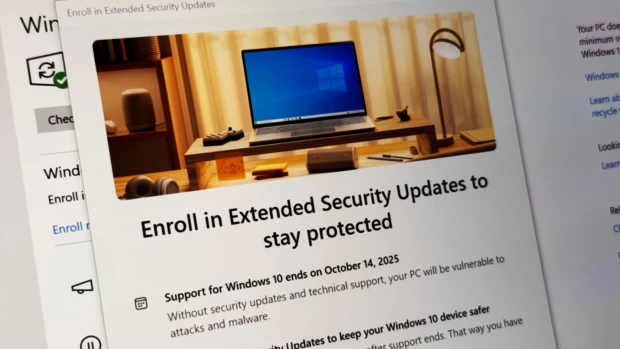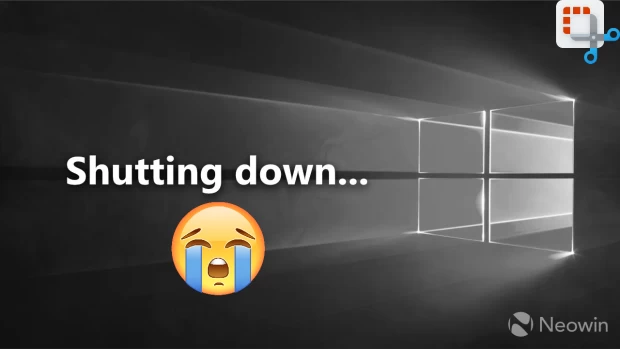The worlds biggest video website has been trying to implement a Flash-free player for some time now, even opening an experimental HTML5 player, but expressed their concerns with the new player earlier this week.
All the major browsers are working on making the switch to HTML5 later this year, including Microsoft with Internet Explorer 9. Google's Android phone and Windows Phone 7 mobile browsers and operating systems will support Flash. Even Apple's Safari 5 will be HTML5 compliant, but their mobile browser, found on the iPhone, iPod, and iPad products, will not support Flash.
However, YouTube has noted some concerns with the HTML5 video tag as a replacement for the traditional Flash Player. First, not all browsers have agreed on a codec standard, and with users uploading 24 hours worth of video every minute to YouTube, it's important that they support the minimal amount of available codecs.
Currently Google, Opera, and Mozilla are supporting WebM VP8, which would highly benefit the HTML5 video codec. VP8 is an open-sourced video streaming media project by Google which operates under a BSD-style royalty-free license. Microsoft and Apple will be sticking with the H.264 standard, but Microsoft said Internet Explorer 9 will also allow users to install WebM if they wish.
Until all the browsers can agree on a video encoding format, YouTube said it will still stick with H.264, which it has been using since 2007.
HTML5 also has problems performing robust video streaming, and when streaming live videos, it's important to have full control over buffering and video quality controls. DRM-protection is also important to YouTube, so they can offer services like YouTube Rentals, which requires making sure videos are not copied and redistributed around the web without the owners consent.
If anyone has actually tried using the HTML5 player, there is a significant difference between the Flash version of the site and the HTML5 player. One noticeable difference between the two players is the delay when selecting a certain part of a video. The HTML5 video seems to have a 1-2 second delay, wile the Flash player is almost instant.
On the comparison below is the HTML5 player (left) and the Flash version of the player (right), running on Chrome 6.0.447.0 running Flash 10.1.53.64, on a Windows 7 x64 Ultimate edition installation. There is a significant difference in terms of loading time and video quality, both of which Flash has the advantage.
Another important feature for YouTube is embedding videos on external websites. Although HTML5 allows for sandboxing and message-passing functions for things like captions, annotations and advertising, Flash is still the tool most sites use for embedded content.
Lastly, HTML5 does not support webcam and microphone access. Thousands of videos are uploaded daily using YouTube's built-in video recording software that uses the users webcam and microphone to record, something that would be impossible to do without Flash.
As HTML5 is still in development and definitely still requires a lot more work, it may be some time yet before users and major websites ditch Flash for HTML5.





















101 Comments - Add comment